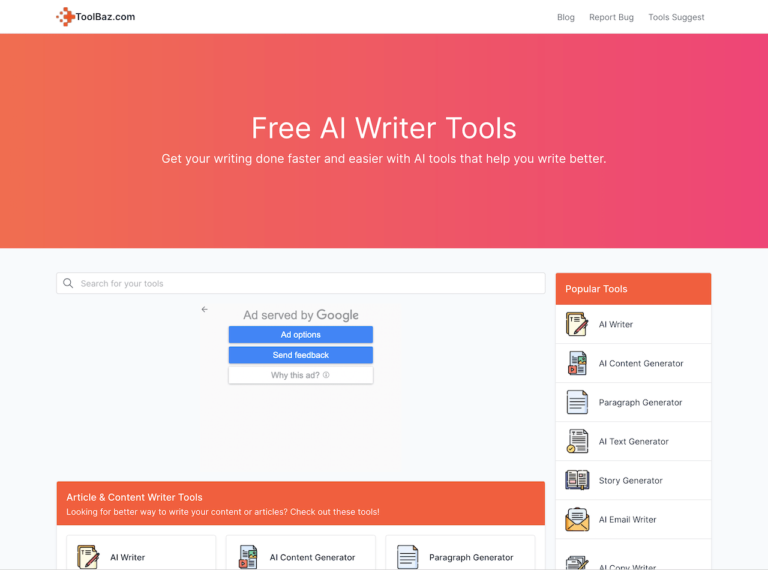There are numerous machine learning technologies and models that exist in the world and on the internet, and many of them can be considered competitors in specific domains or applications. While it’s challenging to provide an exhaustive list, I can mention a few notable examples:
- GPT (Generative Pre-trained Transformer): GPT is a language model developed by OpenAI that utilizes the Transformer architecture. It is widely used for natural language processing tasks such as text generation, summarization, and question answering.
- BERT (Bidirectional Encoder Representations from Transformers): BERT, developed by Google, is another popular language model based on the Transformer architecture. It has had a significant impact on tasks like text classification, named entity recognition, and sentiment analysis.
- ResNet (Residual Neural Network): ResNet is a deep convolutional neural network architecture that has been highly influential in the field of computer vision. It has achieved state-of-the-art performance on image classification tasks and is commonly used for tasks like object detection and image segmentation.
- VGGNet (Visual Geometry Group Network): VGGNet is another widely used convolutional neural network architecture for image recognition. It is known for its simplicity and has been influential in image classification tasks and feature extraction.
- YOLO (You Only Look Once): YOLO is an object detection algorithm that has gained popularity for its real-time and efficient detection capabilities. It has been widely adopted in applications such as autonomous driving, surveillance, and robotics.
- LSTM (Long Short-Term Memory): LSTM is a recurrent neural network architecture that has proven effective in sequence modeling tasks, such as speech recognition, machine translation, and sentiment analysis. It addresses the vanishing gradient problem and allows for capturing long-term dependencies in sequential data.
- Random Forest: Random Forest is an ensemble learning algorithm that combines multiple decision trees to make predictions. It has been widely used in various domains for classification and regression tasks, thanks to its interpretability and robustness against overfitting.
- XGBoost: XGBoost is a gradient boosting algorithm that has gained popularity for its performance in structured data analysis and tabular data competitions. It excels in tasks like regression, classification, and ranking.
These are just a few examples of the many machine learning technologies and models that exist. Each has its own strengths, weaknesses, and areas of application, and the choice of which one to use depends on the specific problem domain and requirements.















+ There are no comments
Add yours